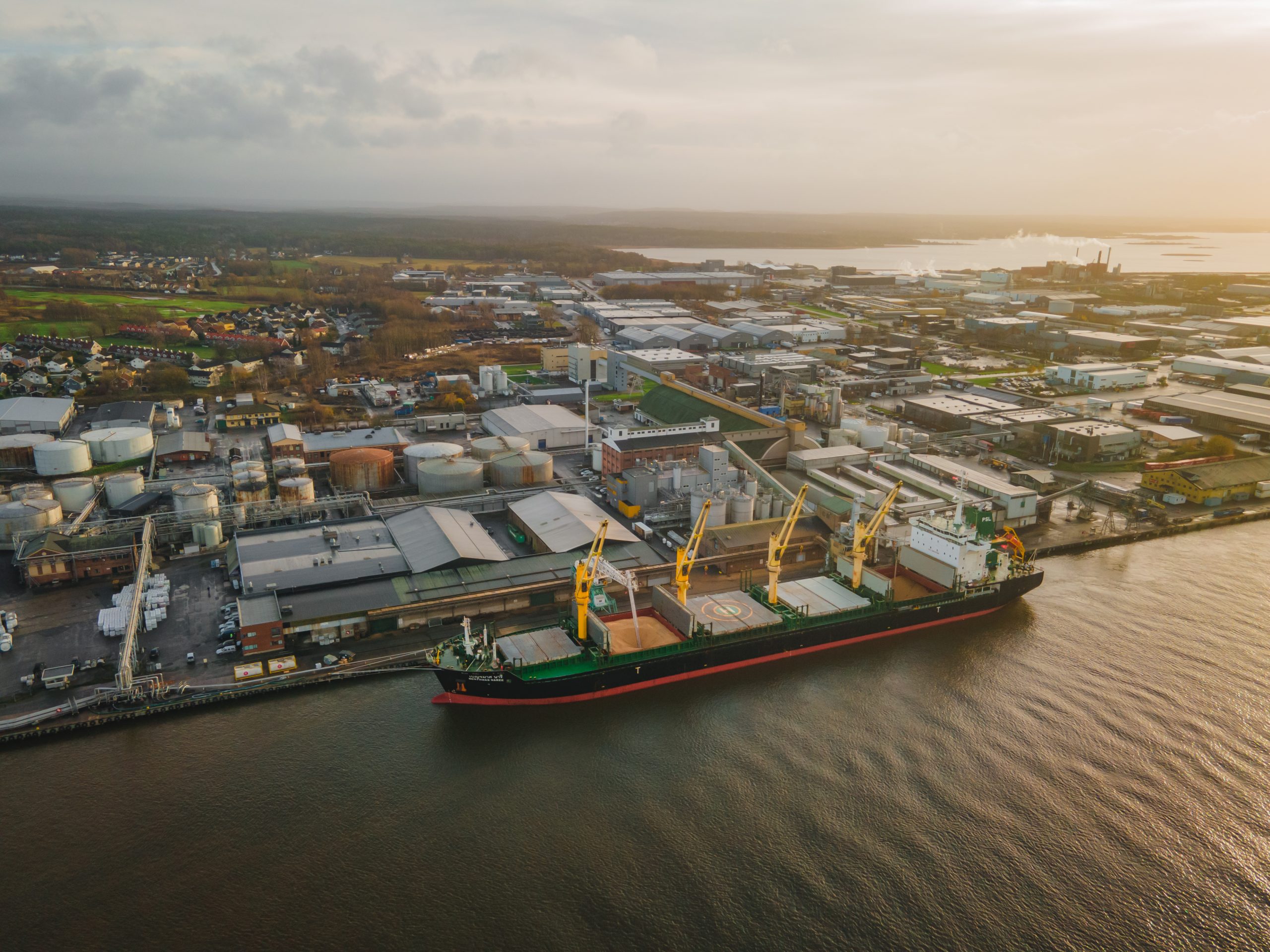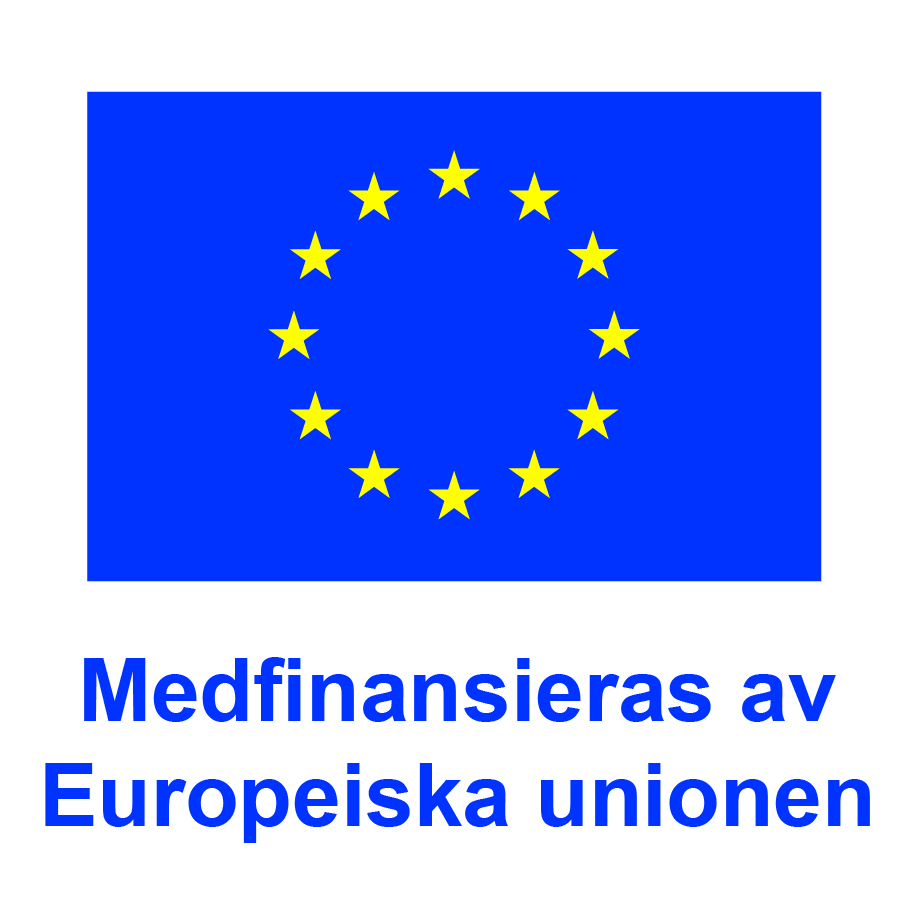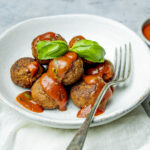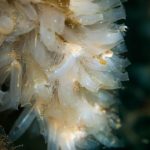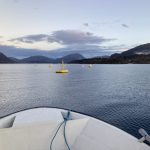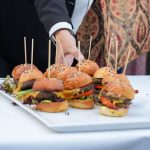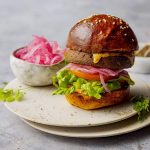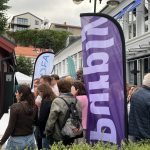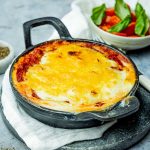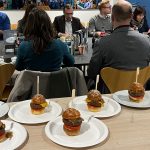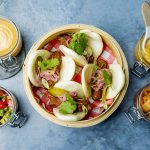




Pronofa ASA
Pronofa är en banbrytare för nya och hållbara råvaror för användning i framtidens livsmedelsproduktion.
Företaget grundades år 2021 som en «spin-off» fra Denofa, en av hörnstenarna i näringslivet i Fredrikstad.
Genom förvärv av fyra andra företag och en rad nyrekryteringar har Pronofa säkrat ytterligare resurser, erfarenhet och kompetens.
År 2023 lanserade vi varumärket Purply – «världens mest klimavänliga kött» som ärtillverkat av den lokala marina råvaran Ciona (manteldjur).
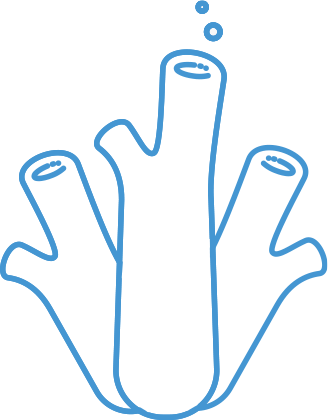 Detta är Purply
Detta är Purply
Pronofa ASA är världsledande i att använda tunikater. för storskalig matproduktion. Vi använder den lokala varianten Ciona som naturligt förekommer längs kusten i Norge och Sverige.
Det finns 3 000 olika typer av tunikater i världen. Några av dessa marina djur betraktas som delikatesser i länder som Sydkorea («Meongge»), Chile («Piure») och Frankrike («Figue de Mer»), där de ofta serveras råa.
Purply är emellertid en förädlad produkt av Ciona som liknar traditionella typer av kött – både vad gäller smak, näringsinnehåll och användning.
Med en klimatavtryck på endast 0,2 kg CO2e per kg. Purply är dessutom världens mest klimavänliga kött.
Pronofa ASA är världsledande i att använda tunikater. för storskalig matproduktion. Vi använder den lokala varianten Ciona som naturligt förekommer längs kusten i Norge och Sverige.
Det finns 3 000 olika typer av tunikater i världen. Några av dessa marina djur betraktas som delikatesser i länder som Sydkorea(«Meongge»), Chile («Piure») och Frankrike («Figue de Mer»), där de ofta serveras råa.
Purply är emellertid en förädlad produkt av Ciona som liknar traditionella typer av kött – både vad gäller smak, näringsinnehåll och användning.
Med en klimatavtryck på endast 0,2 kg. CO2e per kg. Purply är dessutom världens mest klimavänliga kött.
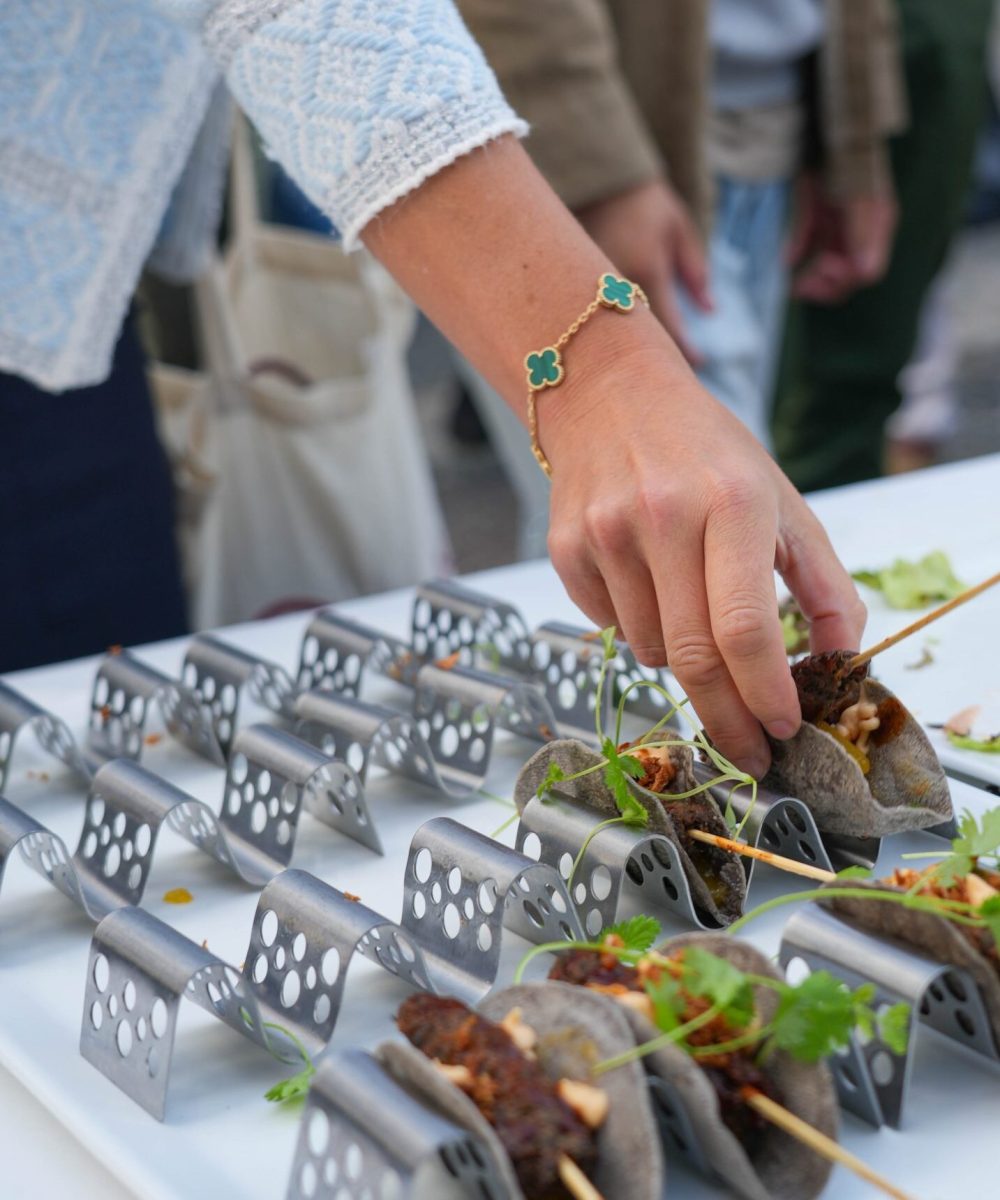
EU-projekt:
Tunikatodling – «Investering 1»
Projektets syfte är att öka kapacitet inom odling, skörd, och beredning av tunikater på svenska västkusten genom att investera i ny utrustning. Syftet med investeringen är att skapa ett hållbart vattenbruk med världens lägsta koldioxidavtryck.
Mål:
1. Utöka odlingskapaciteten
2. Ökad skördekapacitet
3. Förbättrad logistik
4. Ökad produktion
Produktionen av Ciona (tunikater) är cirkulär och mycket hållbar:
- Minskar övergödningen i havet
- Noll avfall.
- Allt som skörds blir kött eller fond
- Koldioxidavtryck (0,8 kg CO2/kg protein) – lägre än vegetabilier (ref. Thomas et al 2021)
- Inga tillsatser eller kemikalier
- Inga bekämpningsmedel eller gödsel i odlingen
- Inget färskvatten till odling & ingen risk för torka
- 8x högre proteinproduktion per ytan jmfrt. med traditionella proteinkällor
- Konkurrerar inte med jordbruk om mark
Tunikatodling och produktionsanläggning – «Investering 2»
Projektets syfte är att öka produktionskapaciteten för en ny vattenbruksart, kallad Ciona. Aktivitet 1 är att bygga en ny produktionslokal med en produktionskapacitet på 1,400 ton råvara årligen.
Genomfört mål:
• Byggt en produktionsanläggning som har kapacitet att ta emot 1.400 ton tunikater per år (1-skift)
• Startat upp och driftsatt anläggningen
• Kvalitetssäkrat produktionen och produkterna
Nyheter:
Inga inlägg hittades för angivna frågeparametrar.
– Ciona är en spännande och framtidssäkrad råvara, som är kombinerad med miljöfördelar.
(Fredrikstad Blad)

